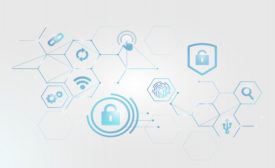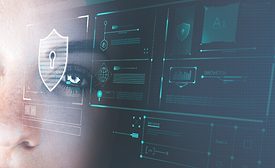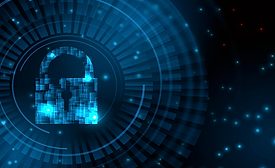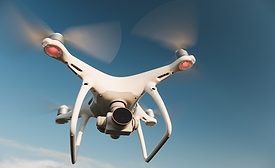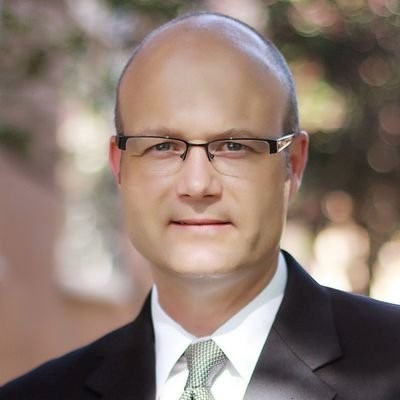Web Exclusive Stories
New York’s DFS publishes a Cyber Insurance Risk Framework
New York’s Division of Financial Services (DFS) now requires Property and Casualty Insurers writing cyber insurance to comply with the Division’s Cyber Insurance Risk Framework to manage their risk.
March 11, 2021
7 ways to ensure proper security entrance selection
Making the right decision on your organization’s secured entrance is good for security and your bottom line.
March 9, 2021
Sign-up to receive top management & result-driven techniques in the industry.
Join over 20,000+ industry leaders who receive our premium content.
SIGN UP TODAY!Copyright ©2024. All Rights Reserved BNP Media.
Design, CMS, Hosting & Web Development :: ePublishing




